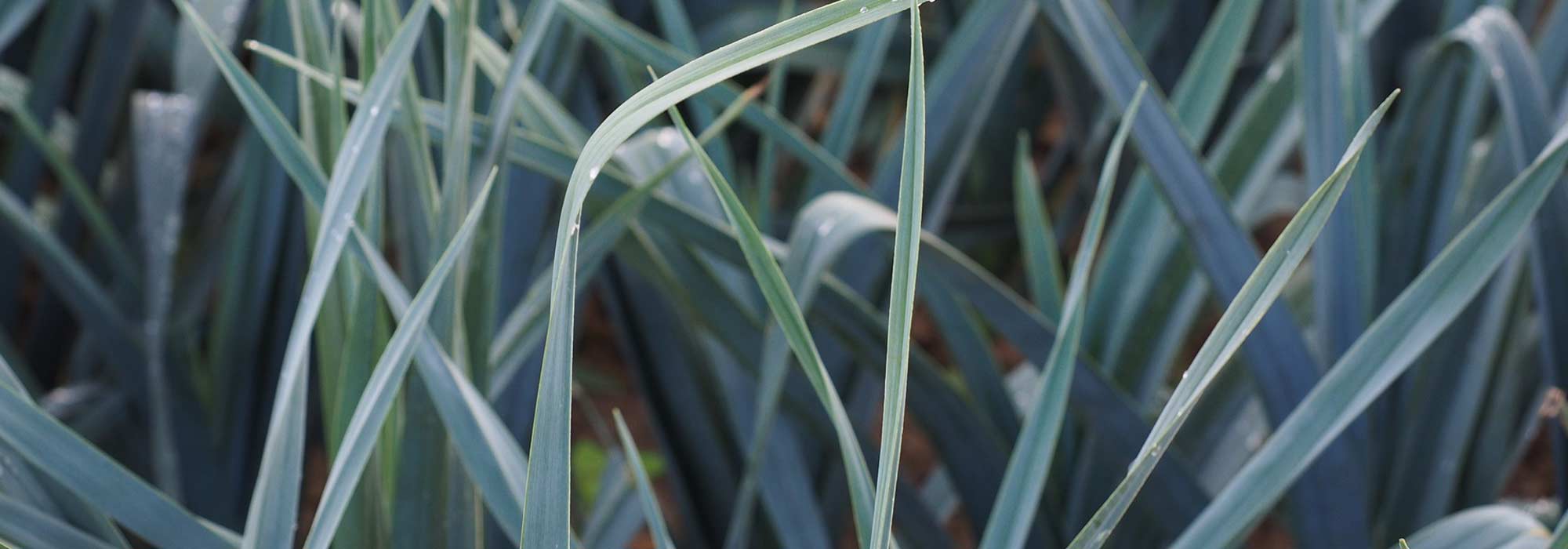
Leeks diseases and pests
Identification, prevention and natural treatments
Contents
Moths, rust, or downy mildew… Leeks can be affected by various pests and diseases in the vegetable garden. Fortunately, there are means of control to protect your leeks from these different scourges that can jeopardise your harvests.
Leek diseases and pests, learn to identify them, protect your young plants, and treat them naturally.
The leek moth, Acrolepiopsis assectella
The leek moth is a species of lepidopteran, a grey and white butterfly whose caterpillars burrow galleries into the heart of the leek’s bole. Several generations of leek worms can succeed each other between spring and the end of summer.
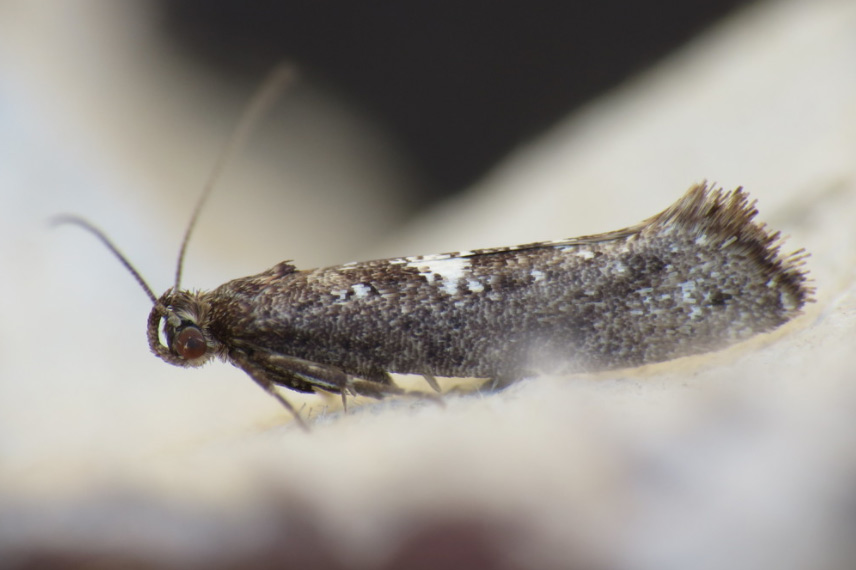
Acrolepiopsis assectella © Donald Hobern
Symptoms
The leek moth is recognised by the large brown leaf spots it causes, as well as the appearance of yellow leaves. The leek eventually dries out completely.
Prevention and control
- Harden off the young plants by allowing them to dry on the soil for a few days before planting.
- From mid-May to mid-August, spray tomato, rhubarb, or tansy leaf manure on your leeks, at a rate of two sprays per week.
- You can also use a biological insecticide preventively, formulated with Bacillus thuringiensis.
- Pair leeks with carrots, which are a natural repellent for Acrolepiopsis assectella.
- Finally, there are pheromone traps that help limit the proliferation of leek worms.
Note: nettles attract the leek moth! Do not use them as manure or mulch.
The leaf miner, Phytomyza gymnostoma
Appearing in France at the beginning of the 21st century, the mining fly, or minor insect, lays its eggs on leek plants for the first time in April, and then a second time in August. The brown pupae, just a few millimetres in size, that emerge from the eggs cause significant damage to young spring leeks. These attacks are, however, much less harmful when they occur in autumn on winter leeks.

Pupae of Phytomyza gymnostoma © Alexis – iNaturalist
Symptoms
It is possible to spot an attack by the mining fly by the striations of various shapes, in white, grey, or light brown, that appear on the leaves of the plant. The mining fly larvae create destructive galleries, relatively visible beneath the epidermis of the leaf. The presence of frass (dark excrement) is also a good indicator.
Prevention and control
- Install a preventative insect net or fine mesh cover to prevent access to leeks by any unwanted insects.
- As with the leek moth, pheromone traps are available to limit the risk of proliferation of Phytomyza gymnostoma.
- In the event of a confirmed attack, pull up the most affected leeks and dispose of them. Be careful not to throw them in your compost, which provides a favourable medium for the pupae.
- At the beginning of spring, that is, at the end of the growing season, quickly pull up the leeks that have remained in place.
Discover other Leek seeds
View all →Available in 0 sizes
Available in 1 sizes
Available in 1 sizes
Available in 1 sizes
Available in 1 sizes
Available in 1 sizes
Available in 1 sizes
Available in 1 sizes
Available in 1 sizes
Leek rust, Puccinia allii
Leek rust is a fungal disease, caused by a fungus that thrives in humidity (dew, rain, watering). Puccinia allii typically appears at the end of summer and the beginning of autumn, when temperatures are mild and the weather is very humid.
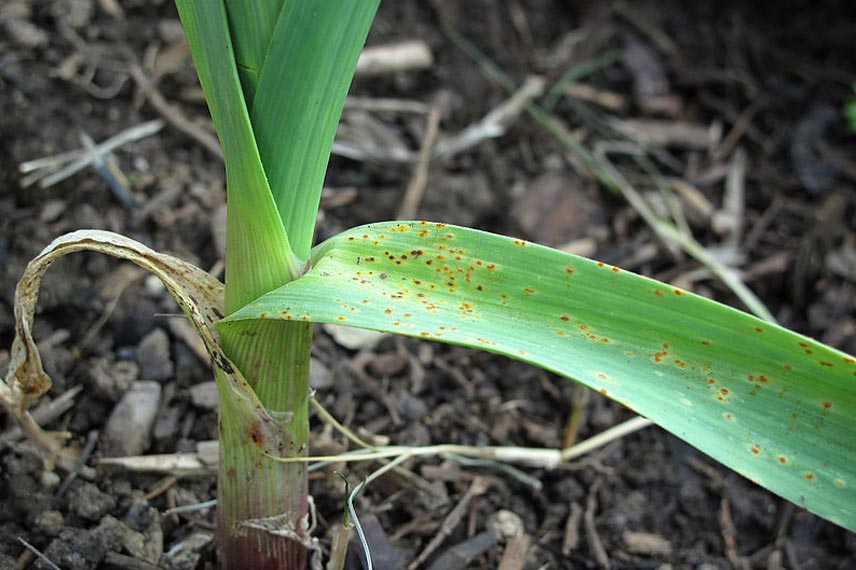
Symptoms
Leek rust is identifiable by the diffuse orange spots that develop at the base of the leaves, as well as the foliage that cracks before drying out.
This disease is however not fatal to the leek, which generally produces replacement leaves.
Prevention and control
- A 5% diluted horsetail decoction helps to preventively combat Puccinia allii. This natural method boosts the leek’s defences, helping it to guard against the disease.
- Avoid planting your leeks too close together. Good air circulation helps to slow the development of the fungus responsible for leek rust.
- In case of confirmed contamination, simply cut the affected leaves and dispose of them, avoiding throwing them in your compost bin.
Read also
Growing summer leeksLe leek downy mildew, Phytophthora porri
Leek downy mildew is a cryptogamic disease, caused by the pathogenous agent Phytophthora porri. This fungus primarily manifests when mild temperatures and humid weather follow a cold period.
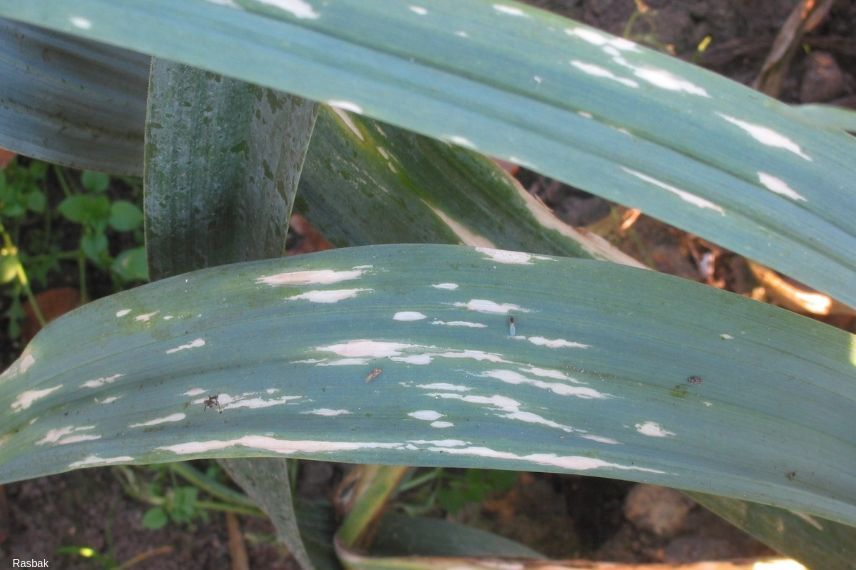
Phytophthora porri © Rasbak
Symptoms
Leek downy mildew is characterised by the appearance of elongated leaf spots, first livid and then whitish. Symptoms can spread across the entire lamina or appear more locally at the tips of the leaves or at their fold. Finally, soft rot of the leaves causes the collapse of the young plants.
Prevention and control
- Be sure to ensure good aeration of the plot to limit the spread of Phytophthora porri.
- Varietal resistance is also a good way to protect the vegetable garden from this disease, by choosing upright tolerant varieties.
- Garlic decoction and diluted baking soda can be used to treat downy mildew.
Leek alternaria, Alternaria porri
Alternaria leaf spot, also known as purple spot disease, is another type of fungal disease. It affects leeks, as well as other alliums such as spring onions, shallots, and garlic. Alternaria porri typically manifests at the end of summer or during exceptionally warm autumns.
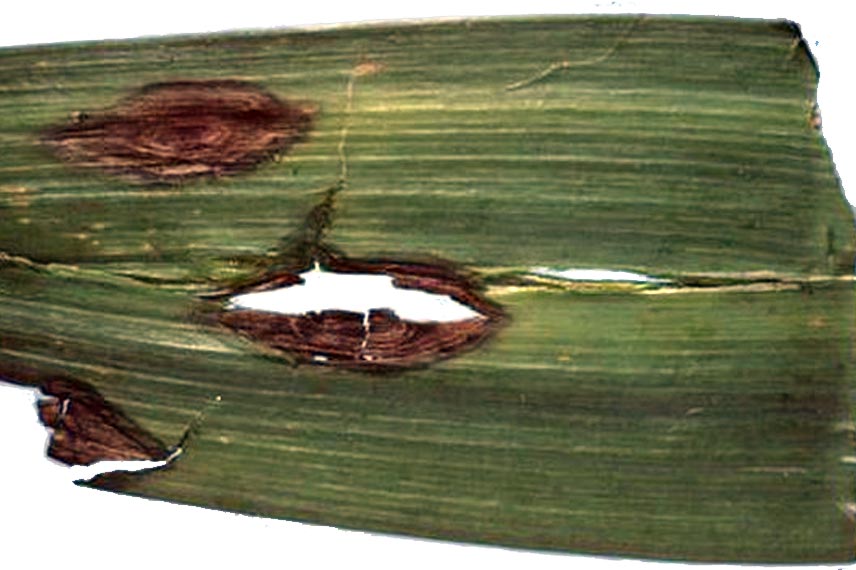
Alternaria porri © Collection of fungal and plant diseases from New Zealand (PDD) – Landcare Research
Symptoms
Leek alternaria is recognised by the foliar spots it causes. These are usually ovate and feature brown or purplish concentric rings. The disease can then progress sufficiently to cause total drying of the foliage.
Prevention and control
- To prevent leek alternaria, ensure you thoroughly remove harvest waste.
- Preferably cultivate varieties that are less susceptible to this disease, and avoid excess nitrogen.
- Use horsetail or comfrey manure preventively to strengthen the leek’s defences.
- Natural treatments using bicarbonate of soda and garlic decoction can help combat alternaria attacks.
- Subscribe!
- Contents
































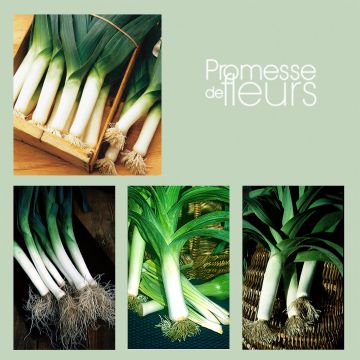
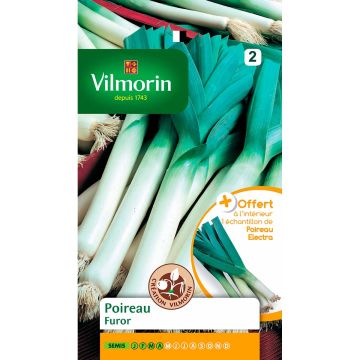
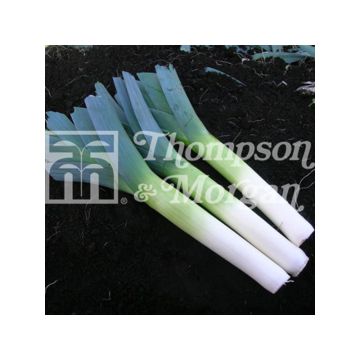

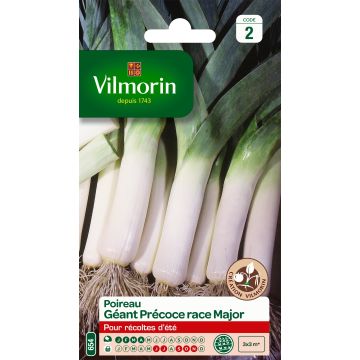

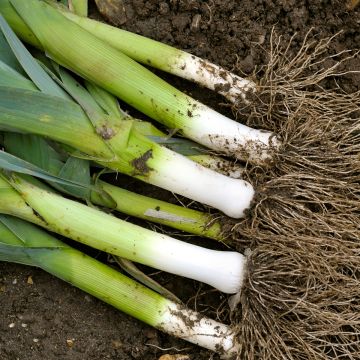
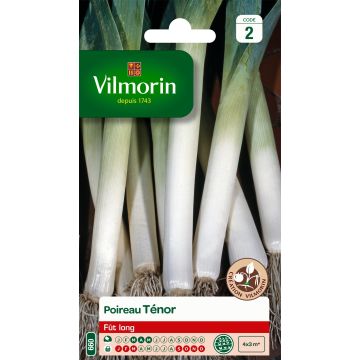
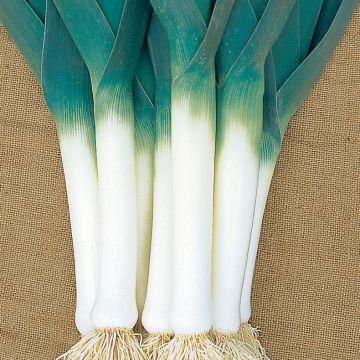
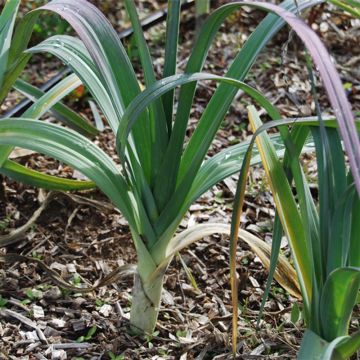
Comments